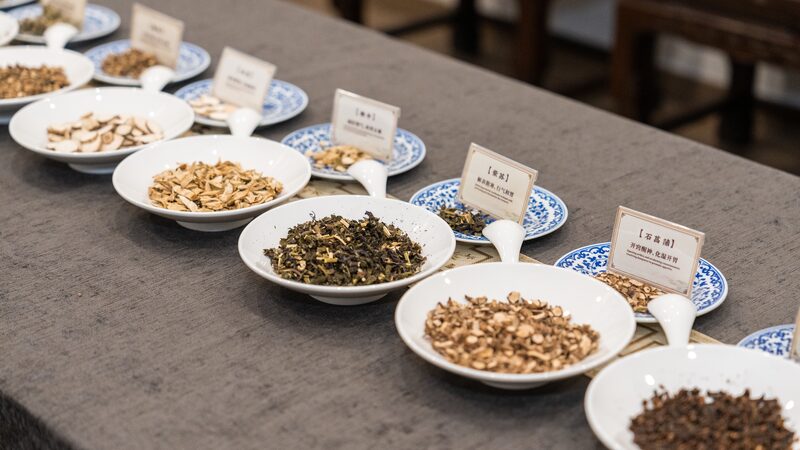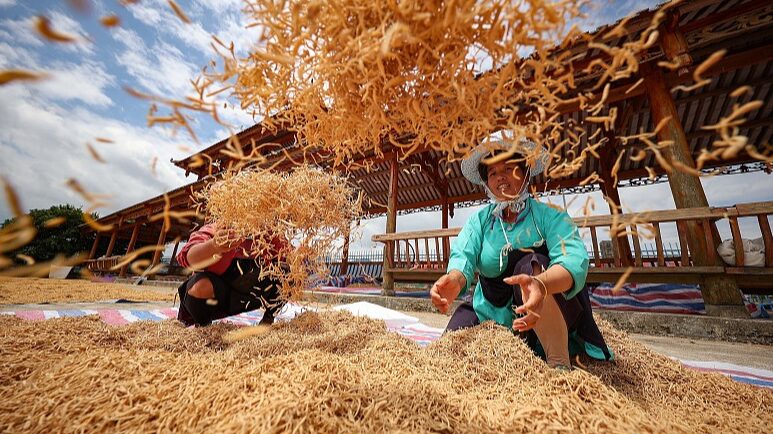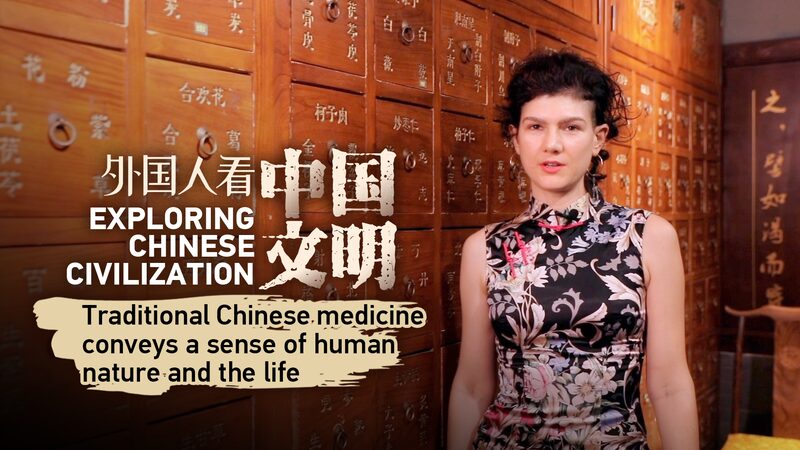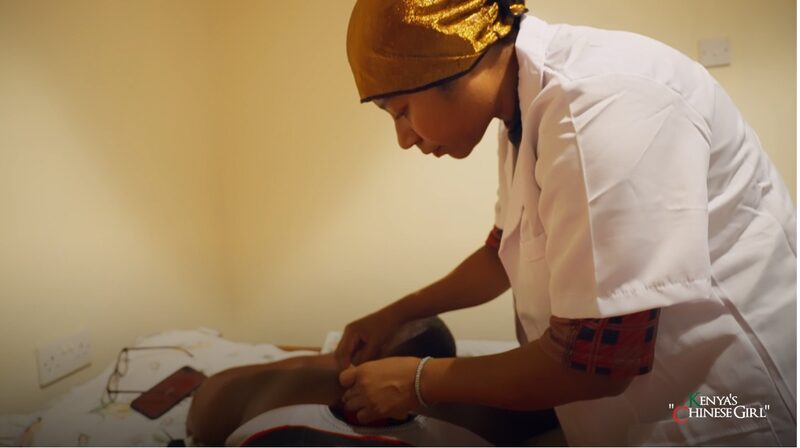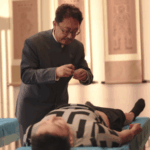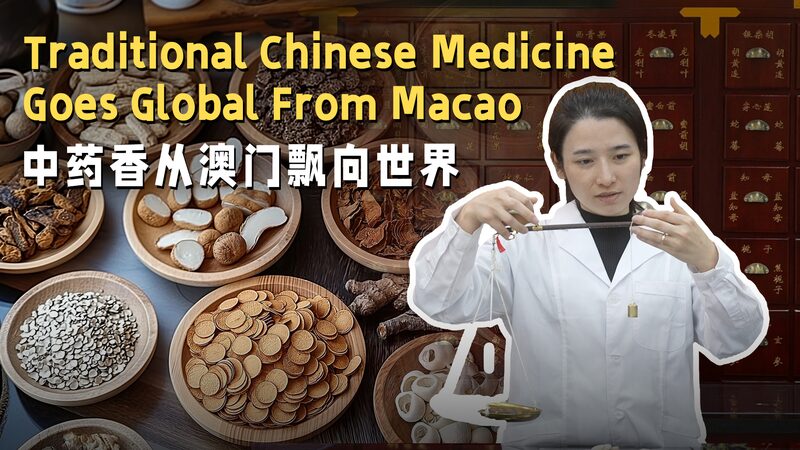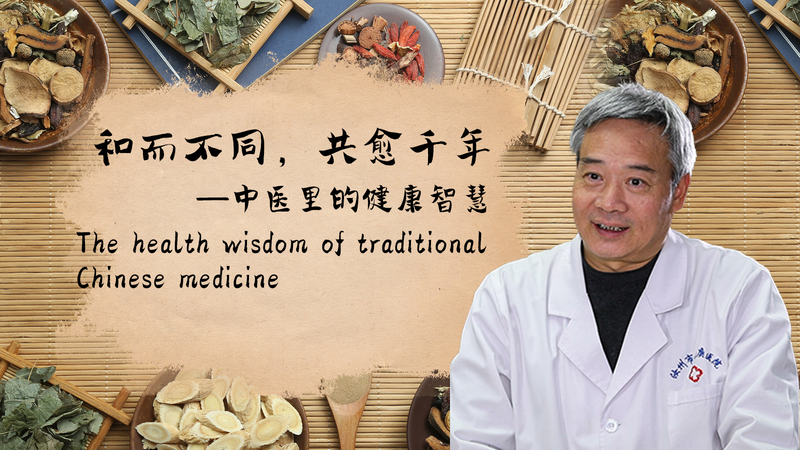Beijing, China — At a bustling health bar owned by Tong Ren Tang, a traditional Chinese medicine (TCM) manufacturer established in the 17th century, college student Feng waits eagerly in line. Her order? A latte infused with goji berries, an ancient herb renowned for its liver-protecting and eyesight-improving properties.
Beverages like boba tea with ginseng and Americano with mangosteen are also capturing the taste buds of young customers, blending modern tastes with time-honored remedies.
“I love this new kind of consumption because it’s both healthy and convenient,” Feng says, reflecting a sentiment shared by many of her peers.
Once predominantly the concern of the middle-aged and elderly, health and wellness have become a priority for China’s younger generation. This shift is sparking a nationwide trend that integrates traditional practices into the contemporary lifestyles of youth across the country.
Zheng Wanying, a 30-year-old employee at a securities company in Beijing, starts her day with homemade tea brewed from jujube, longan, and rose petals. Her evenings conclude with a soothing foot bath containing vinegar, ginger, and Sichuan pepper.
“The floral and fruit teas promote blood circulation and skin health, while the foot baths alleviate coldness and reduce swelling,” Zheng explains. “These anti-aging practices help me maintain a youthful appearance.”
In the Guangxi Zhuang Autonomous Region, young people frequent street-side stalls near Guangxi University for traditional Chinese massages. Recognizing the rise in shoulder and neck pain among desk-bound workers, the Zhejiang Provincial Hospital of Chinese Medicine has introduced evening massage services to cater to those seeking relief after hours.
A survey by China Youth Daily at the end of last year revealed that 79.9% of 1,000 young respondents had learned about traditional Chinese medical philosophies and therapies, with 51.9% acquiring this knowledge from social media platforms.
“There’s a growing awareness of TCM and health preservation among young people,” notes Fan Su, a physician at Wangjing Hospital under the China Academy of Chinese Medical Sciences. “Many seek TCM interventions when they feel unwell but don’t meet the diagnostic criteria of Western medicine.”
Li Zhilin, who works at an internet startup, believes in the concept of “preventing illness before it occurs.” Faced with excessive stress from a heavy workload, Li turned to a regimen combining breathing exercises and acupuncture at a health bar. “After adopting these practices, I regained a peaceful mindset and became more efficient at work,” he shares. “Good health is essential for fully engaging in both work and life.”
Some young individuals are delving deeper into ancient wisdom beyond just experiencing TCM therapies. Jiang Fei enrolled in an advanced learning program on TCM at the Shandong University of Traditional Chinese Medicine after recovering from an illness with the help of herbal treatments. “I became eager to understand the theories behind the herbs,” Jiang says.
Liu Dong, the owner of a health bar in Beijing, attributes this fascination with TCM to supportive national policies and the effectiveness of herbs in recent public health challenges. In 2022, the State Council issued a plan to bolster the development of TCM during the 14th Five-Year Plan period (2021-2025), aiming to build an efficient and high-quality TCM service system.
Additionally, primary and middle schools across China are offering youth-friendly courses and activities on TCM, providing children and teenagers with insights into traditional medicinal culture.
From campuses to communities, the enthusiasm of China’s youth is revitalizing time-honored herbal practices, adding a modern twist to this cultural legacy. “The age-old herbs are keeping us healthy in new ways,” Feng reflects. “This is the charm of TCM.”
Reference(s):
Chinese youth's enthusiasm for health spices up herbal medicine
cgtn.com
